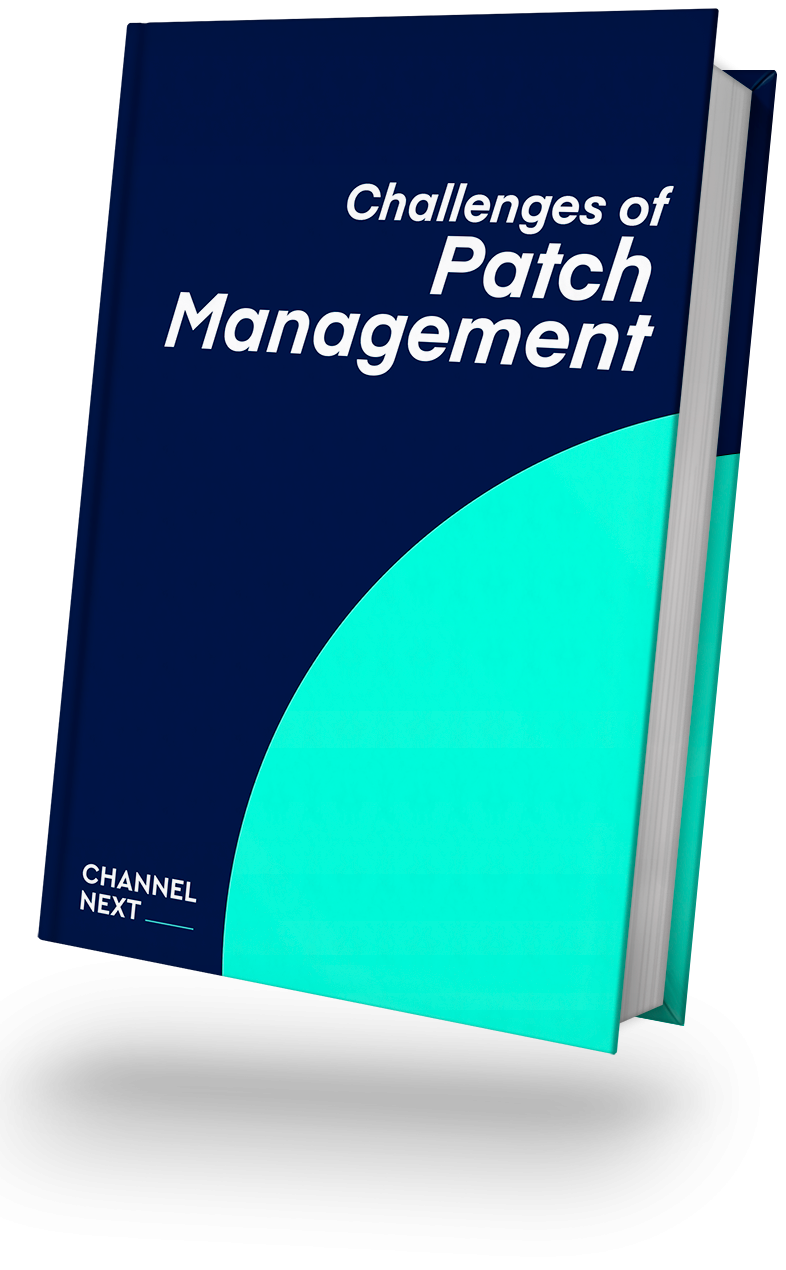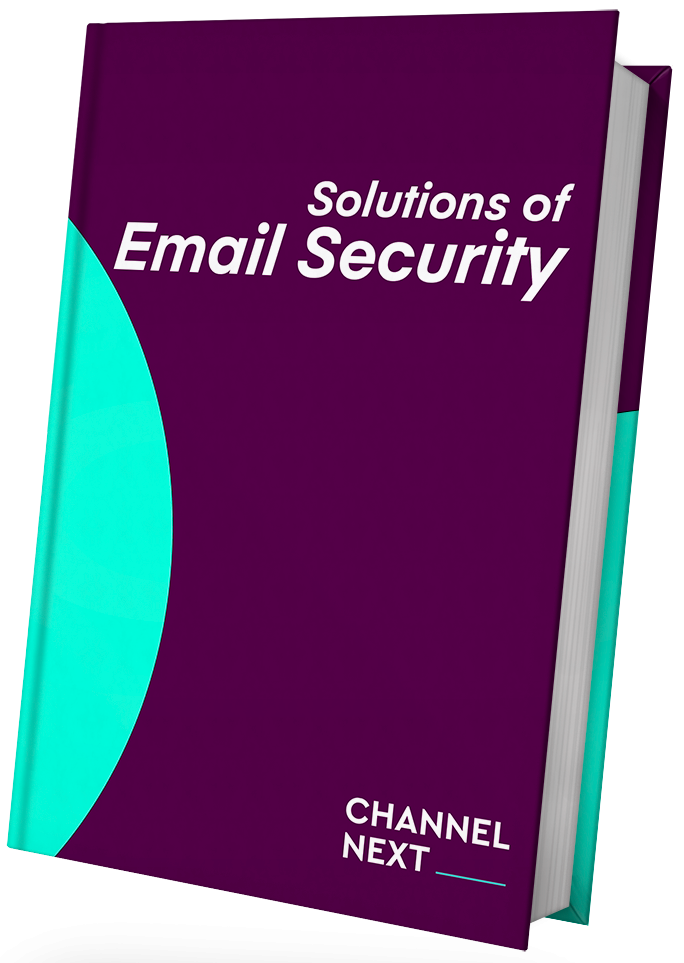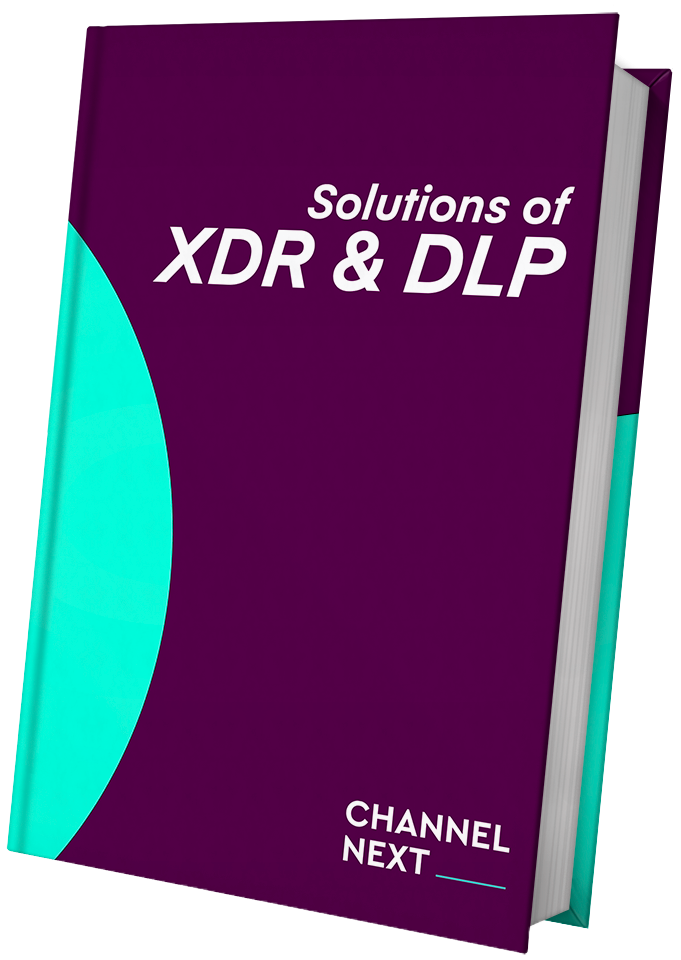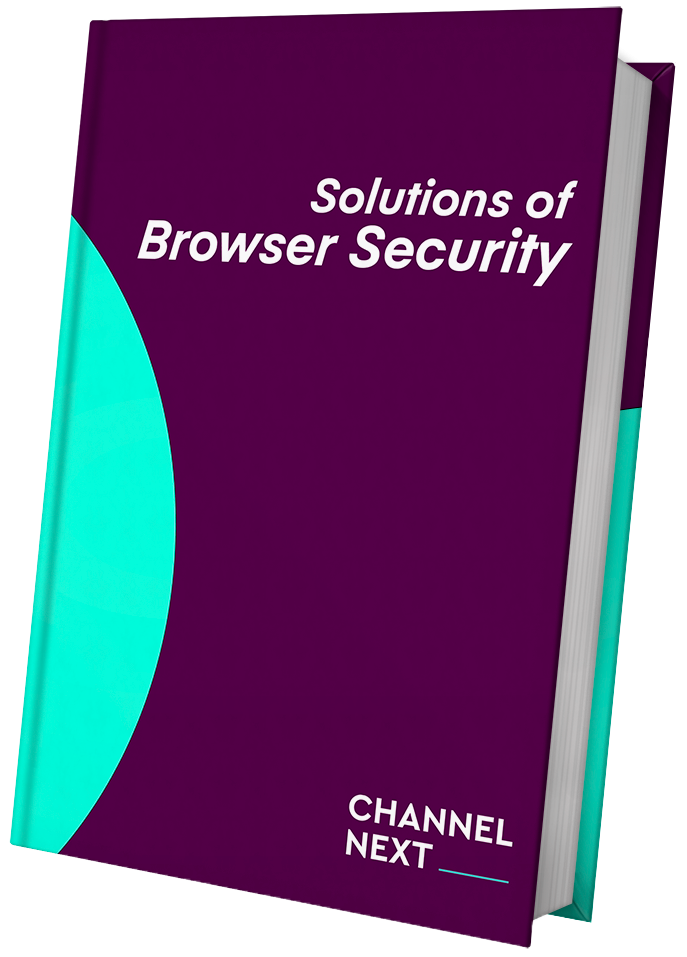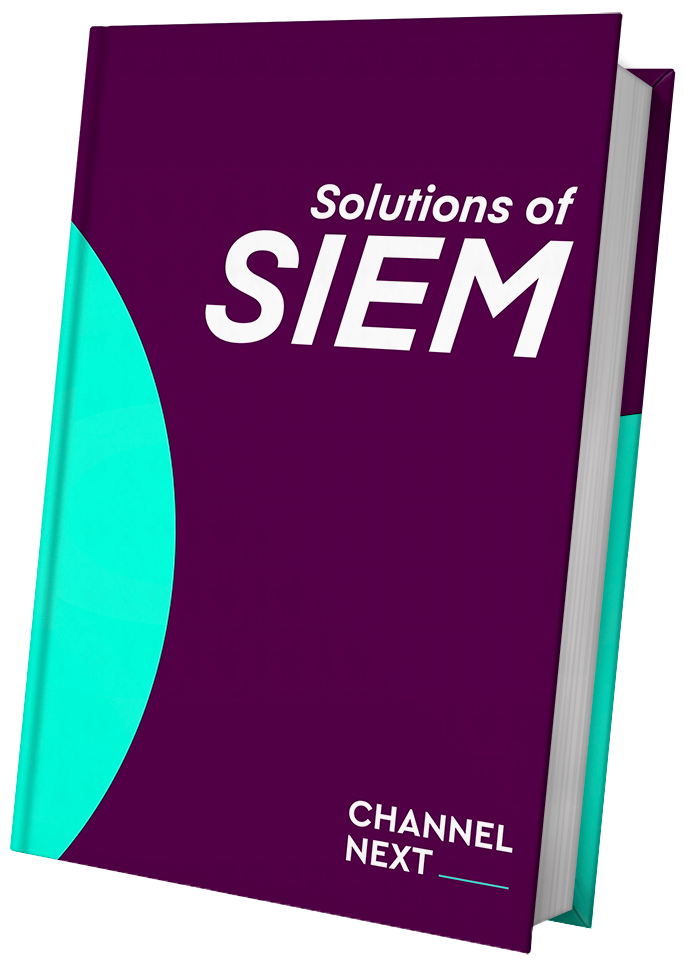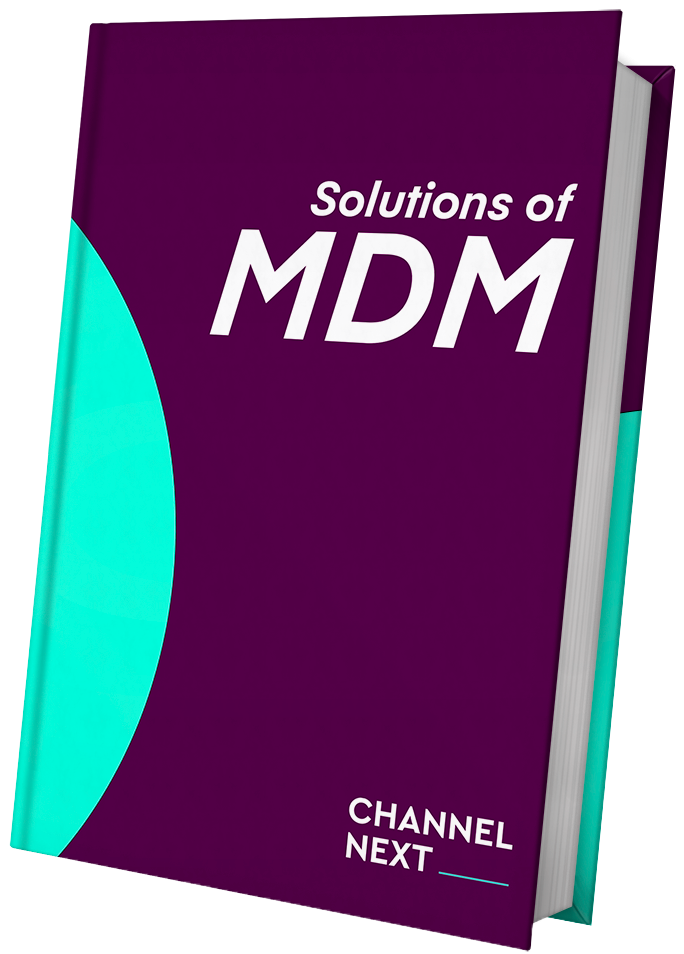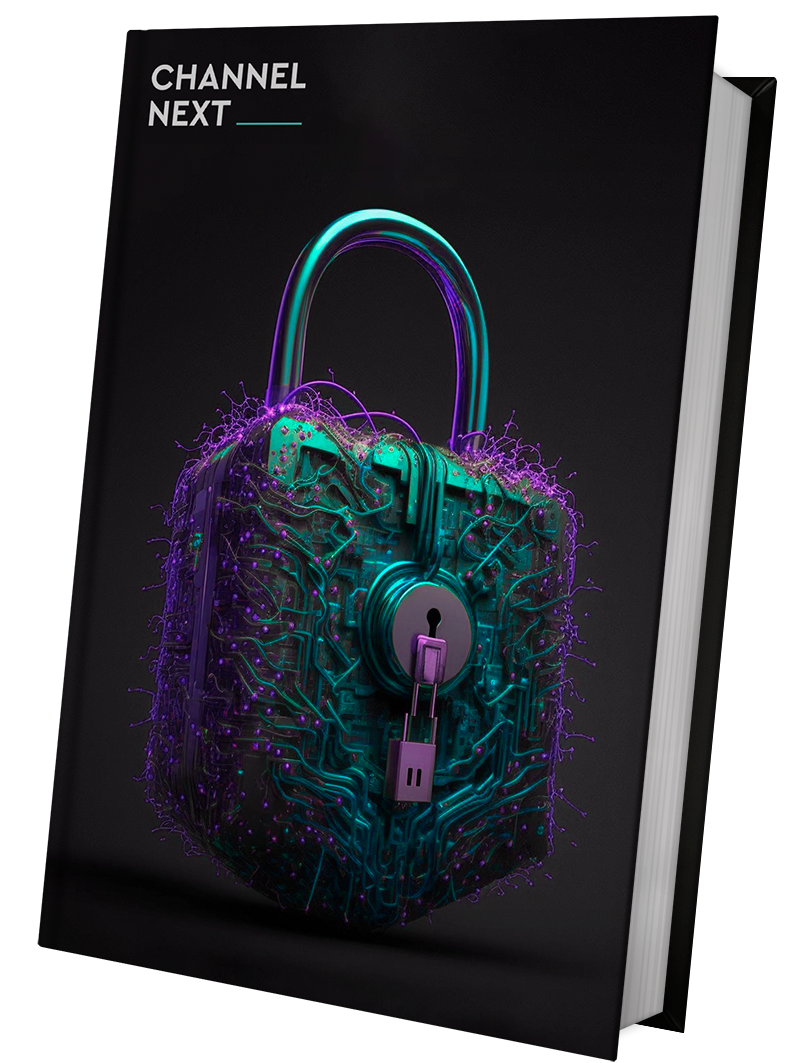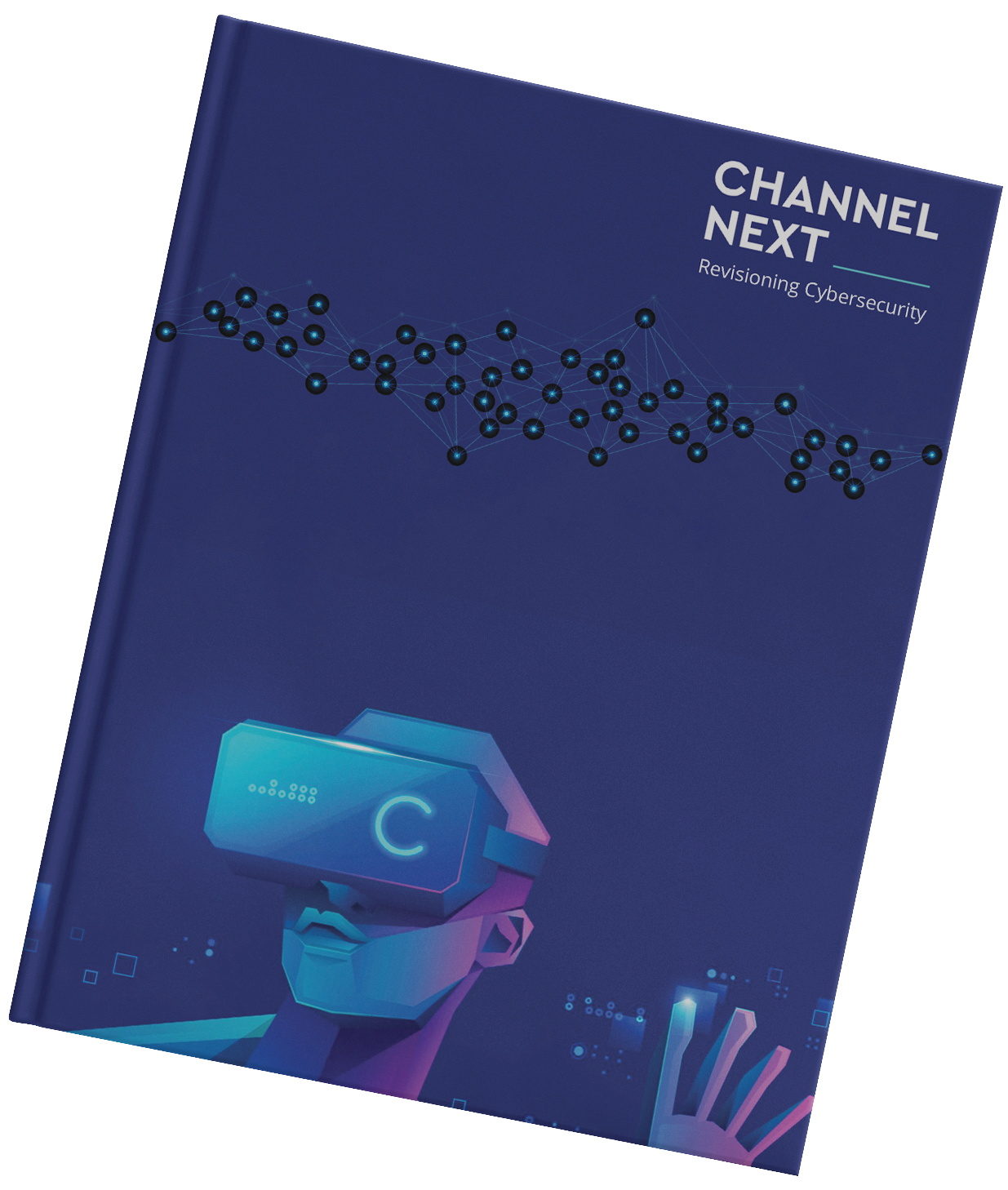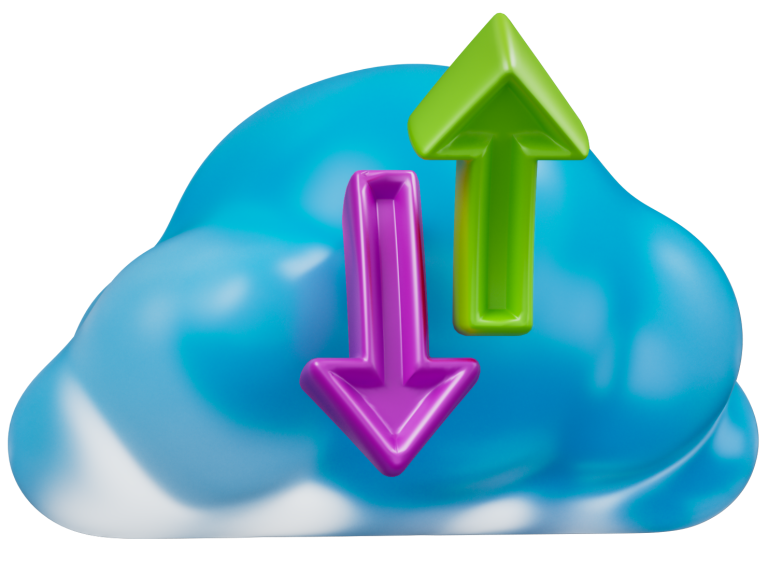Top Challenges

Exposure to Cyber Threats

Lack of Visibility & Control

Deficient Content Filtering

Exposure to Cyber Threats

Lack of Visibility & Control

Deficient Content Filtering
Exposure to Cyber Threats
CHALLENGES
Unprotected web traffic exposes organizations to diverse cyber threats, including malware and phishing attacks.
Consequences
This heightened exposure elevates the risk of data breaches, financial losses, and reputational damage.
Scenario 1: Ransomware Rampage
A company without web traffic protection faces a ransomware attack via a malicious website. The attack encrypts critical data, leading to operational downtime and financial losses.
Scenario 2: Phishing Fiasco
Phishing emails bypass security measures, resulting in employees unwittingly downloading malware from compromised websites. This compromises sensitive information and exposes the organization to reputational damage.
Scenario 3: Malware Mayhem
Drive-by download attacks exploit vulnerabilities in unprotected web traffic, infecting endpoints with malware. This compromises data integrity, disrupts operations, and poses compliance risks.
Scenario 4: DDoS Disaster
A lack of web traffic protection allows cybercriminals to launch distributed denial-of-service (DDoS) attacks against the organization's website, causing downtime, financial losses, and damage to brand reputation.
Ransomware Rampage
A company without web traffic protection faces a ransomware attack via a malicious website. The attack encrypts critical data, leading to operational downtime and financial losses.
Phishing Fiasco
Phishing emails bypass security measures, resulting in employees unwittingly downloading malware from compromised websites. This compromises sensitive information and exposes the organization to reputational damage.
Malware Mayhem
Drive-by download attacks exploit vulnerabilities in unprotected web traffic, infecting endpoints with malware. This compromises data integrity, disrupts operations, and poses compliance risks.
DDoS Disaster
A lack of web traffic protection allows cybercriminals to launch distributed denial-of-service (DDoS) attacks against the organization's website, causing downtime, financial losses, and damage to brand reputation.
Lack of Visibility & Control
CHALLENGES
Without visibility and control, organizations cannot monitor or enforce security policies on web traffic, leaving them vulnerable to cyber threats and compliance violations.
Consequences
This results in increased risk of data breaches, loss of sensitive information, and compromised network integrity, leading to financial losses and reputational damage.
Silent Sabotageo-Day Attack
Without visibility and control, a company’s network becomes susceptible to undetected malware downloads. Employees unknowingly access compromised websites, leading to malware infiltration and data breaches. The lack of monitoring exacerbates the issue, leaving the organization unaware of the security compromise until it’s too late.
Phishing Pandemonium
In the absence of visibility and control over web traffic, employees inadvertently visit phishing websites. Without adequate monitoring, phishing attempts go undetected, and sensitive credentials are compromised. The organization faces severe consequences, including financial losses and reputational damage due to data breaches and identity theft incidents.
Productivity Pitfall
A company without web traffic visibility and control struggles to enforce internet usage policies. Employees freely access non-work-related websites, compromising productivity and introducing security risks. Without monitoring, malicious actors exploit this lax control, leading to potential cyber attacks, data leaks, and regulatory non-compliance issues.
Deficient Content Filtering
CHALLENGES
Deficient content filtering leads to unregulated web access, increasing the risk of employees visiting malicious or inappropriate websites, jeopardizing security, productivity, and regulatory compliance.
Consequences
Unrestricted web access exposes the organization to malware infections, data breaches, legal liabilities, and reputational damage, resulting in financial losses and diminished trust.
Scenario 1: Unrestricted Web Access
Despite lacking content filtering, employees continue to browse the internet freely. One unsuspecting employee visits an unverified website and unknowingly downloads malware disguised as a software update. The malware infiltrates the company’s network, spreading rapidly and compromising sensitive data stored on company servers.
This breach leads to significant financial losses, damages the company’s reputation, and requires extensive resources for remediation efforts and legal consequences.
Scenario 2: Inappropriate Web Content Access
Without content filtering, employees access inappropriate websites during work hours. An employee inadvertently clicks on a phishing link embedded in an adult content website, leading to a malware infection on their device.
The malware spreads to the company network, causing data breaches, financial losses, and reputational damage due to compromised security.
Scenario 3: Unauthorized Downloads and Data Exposure
In the absence of content filtering, employees download unauthorized software from untrusted sources. One employee downloads a pirated software application containing ransomware.
The ransomware encrypts critical files on the employee’s device and spreads across the network, resulting in data loss, operational disruption, financial damages, and reputational harm.
Scenario 4: Legal and Compliance Risks
Without content filtering, employees access websites hosting pirated software and copyrighted material. This leads to a compliance violation as the company unknowingly facilitates copyright infringement.
Legal action is taken against the company, resulting in substantial fines, legal fees, damage to reputation, and loss of customer trust.
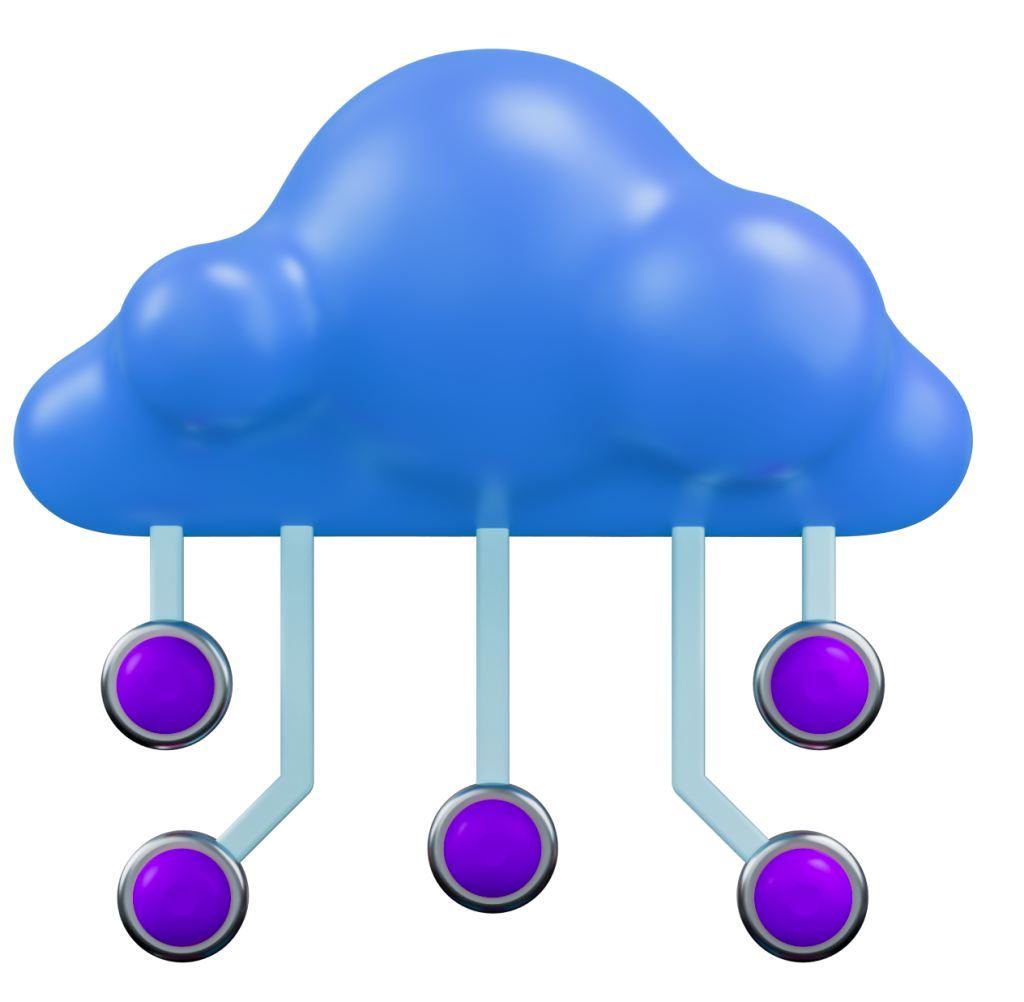



Scenario 1: Unrestricted Web Access
Despite lacking content filtering, employees continue to browse the internet freely. One unsuspecting employee visits an unverified website and unknowingly downloads malware disguised as a software update. The malware infiltrates the company’s network, spreading rapidly and compromising sensitive data stored on company servers.
This breach leads to significant financial losses, damages the company’s reputation, and requires extensive resources for remediation efforts and legal consequences.
Scenario 2: Inappropriate Web Content Access
Without content filtering, employees access inappropriate websites during work hours. An employee inadvertently clicks on a phishing link embedded in an adult content website, leading to a malware infection on their device.
The malware spreads to the company network, causing data breaches, financial losses, and reputational damage due to compromised security.
Scenario 3: Unauthorized Downloads and Data Exposure
In the absence of content filtering, employees download unauthorized software from untrusted sources. One employee downloads a pirated software application containing ransomware.
The ransomware encrypts critical files on the employee’s device and spreads across the network, resulting in data loss, operational disruption, financial damages, and reputational harm.
Scenario 4: Legal and Compliance Risks
Without content filtering, employees access websites hosting pirated software and copyrighted material. This leads to a compliance violation as the company unknowingly facilitates copyright infringement.
Legal action is taken against the company, resulting in substantial fines, legal fees, damage to reputation, and loss of customer trust.





